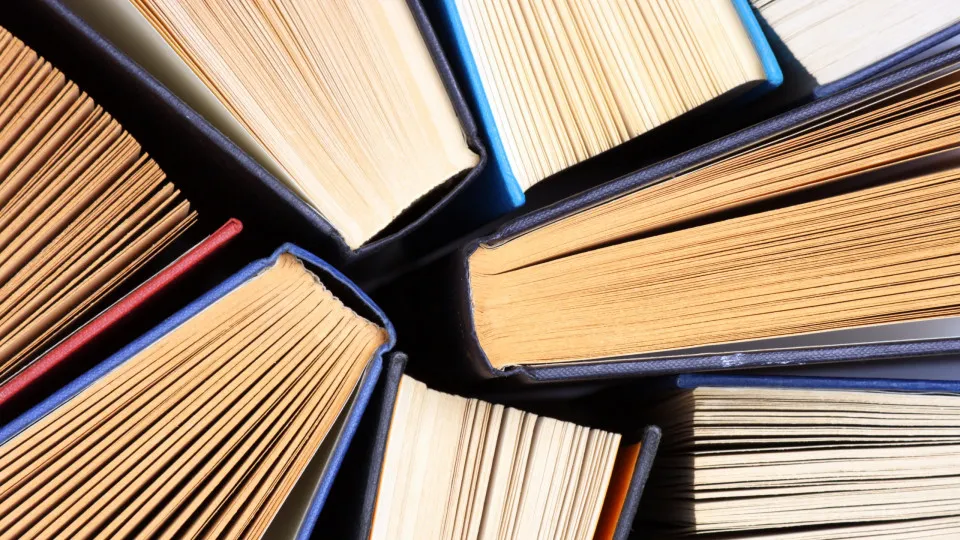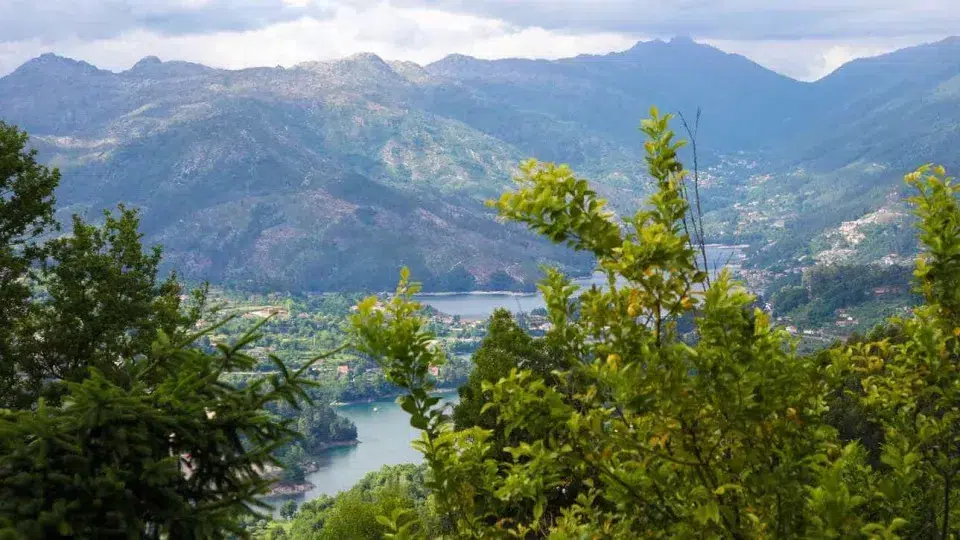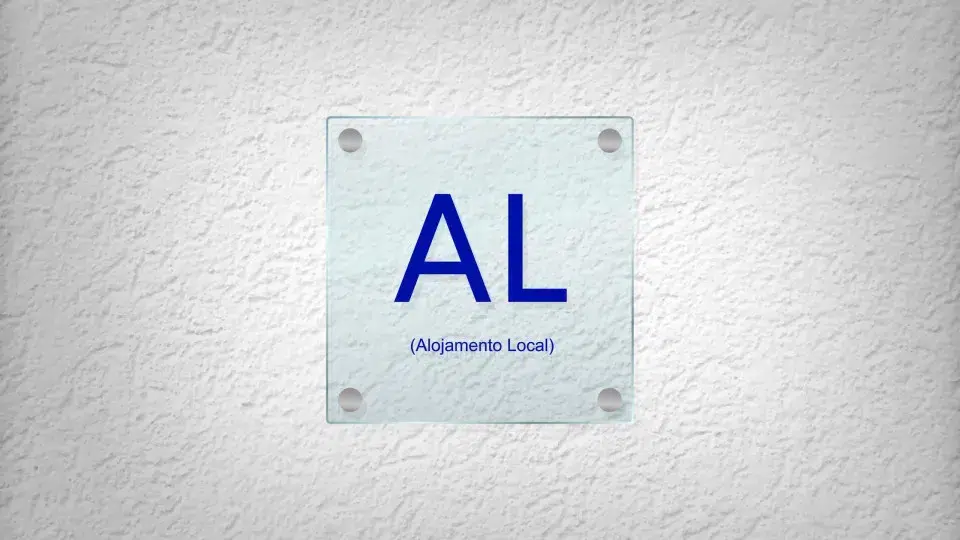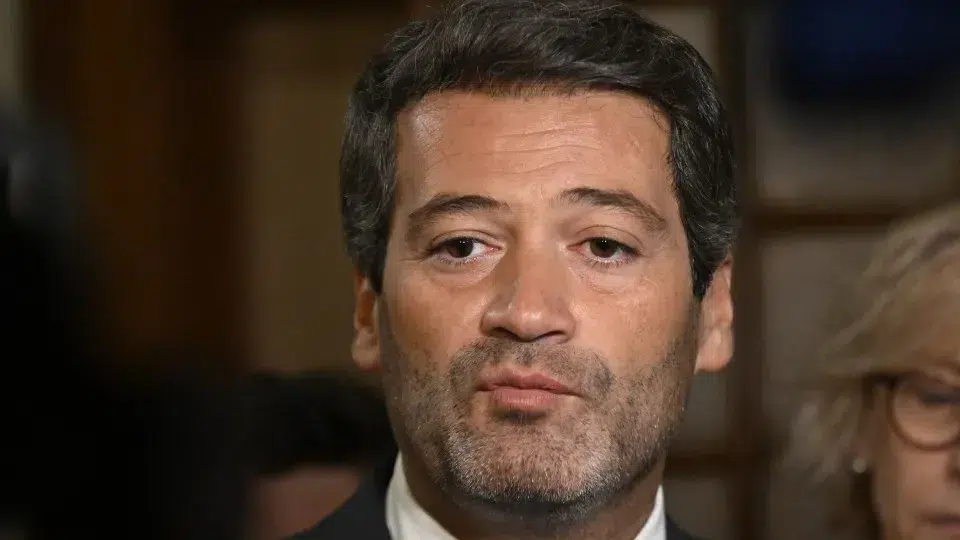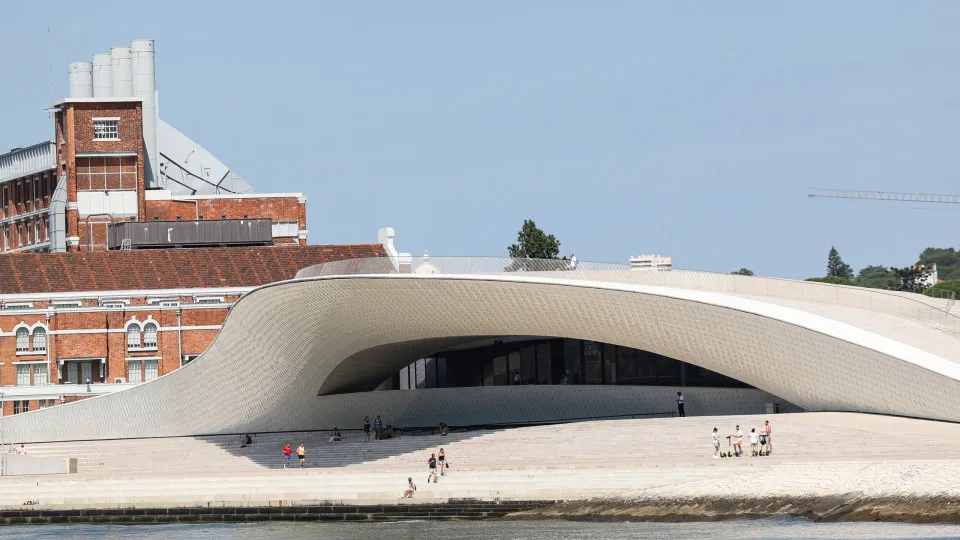
The upcoming season at the museum, unveiled under the leadership of João Pinharanda and deputy director Sérgio Mah, will feature American artist Christian Marclay, Portuguese artists Pedro Cabrita Reis and Margarida Correia, alongside contributions from artificial intelligence.
João Pinharanda announced that the EDP Foundation aims to rotate more art exhibitions throughout the country starting from September 2026 until March 2027. These will be held at the Eugénio de Almeida Foundation, as part of Évora’s European Capital of Culture program.
Regarding Sérgio Mah’s departure to lead the Modern Art Center at Gulbenkian in May 2026, Miguel Coutinho, the general director of the EDP Foundation, confirmed that the process to appoint a successor is underway but did not disclose any names, stressing that the details will be shared once officially finalized.
Pressed by journalists, Miguel Coutinho revealed only that a “Portuguese man” will fill Sérgio Mah’s position, expressing gratitude for Mah’s “excellent contribution” to MAAT, where he continues to curate various exhibitions for the new season.
The next year marks a celebratory milestone for the EDP Foundation’s museum, which Vera Pinto Pereira, president of the foundation, described as “a significant project in the Portuguese cultural landscape, and a central hub in Lisbon and nationwide,” with a record of three million visitors across 130 exhibitions over the past decade.
Highlighting this celebration is the largest-ever exhibition of the EDP Foundation Art Collection, featuring a selection of 100 works from its 2,500-piece archive, primarily composed of works by Portuguese artists acquired since 2000.
Curated by João Pinharanda, Sérgio Mah, and Margarida Chantre, the exhibition will be presented in two phases at MAAT Central: the first opening on February 11 and the second on April 29, displaying pieces from some of the 340 artists it encompasses, spotlighting those prominent from the 1970s and 1980s to more recent generations, particularly artists born post-Revolution of 1974.
Designed as a single exhibition through early 2027, the show is constructed not by thematic, chronological, or artist groupings but through a dialog with the spatial and architectural characteristics of the galleries. This approach explores aesthetic and conceptual affinities and tensions among diverse generations, genres, and disciplines.
The exhibition will feature artists such as Gabriel Abrantes, Luisa Cunha, Ana Jotta, Ana Hatherly, Joana Vasconcelos, Paulo Nozolino, João Paulo Feliciano, Jorge Molder, Rui Sanches, Fernanda Fragateiro, Inês Botelho, Francisco Tropa, and Helena Almeida.
In addition to collaboration with the Eugénio de Almeida Foundation, the celebrations will include the Grande Prémio Fundação EDP, a special edition of the New Artists Award, and ongoing programming at the Contemporary Sculpture Park gallery in Vila Nova da Barquinha, which the entity has curated since 2013.
In March 2026, under the museum’s curatorship, the MAAT Gallery’s oval room will showcase Brazilian artist Anna Maria Maiolino’s exhibition titled “Terra Poética,” presenting her largest sculptural set to date, crafted with ten tons of clay.
This retrospective at the MAAT Gallery will highlight a selection of drawings, photos, and videos from the 1970s and 1980s, juxtaposed with clay sculptures, which have been a focus since the 1980s and will take center stage in this show. Ten of these clay pieces will be modeled on-site, making them her largest creations thus far.
Concurrently, an exhibition curated by Sérgio Mah will open, dedicated to artist Christian Marclay, whose work spans performance, collage, sculpture, installation, photography, and video. He will present a collection of 15 works at MAAT, addressing urban culture themes from 1978 to 2026.
Born in California in 1955, Christian Marclay grew up in Switzerland and currently lives and works in London. He won the Golden Lion at the 54th Venice Biennale in 2011 for “The Clock,” acclaimed as a defining 21st-century work.
Another exhibition debuting at the same time, “Mais Alto,” curated by João Pinharanda and featuring works by Margarida Correia, is the result of archival research—particularly through photography and personal and institutional archives—focusing on specific communities, namely Portuguese military nurse paratroopers serving in Africa during the 1960s and 1970s.
In a subsequent series of openings from September onwards, “Life is the Game” will emerge as an “immersive experience” in Extended Reality (XR) using a mixed reality headset. Created by artist and musician Paulo Furtado, it guides participants through a timeless journey, marking the transition between death and rebirth.
Known as The Legendary Tigerman, Paulo Furtado directs and composes the sound for this project, with technological development by Yolanda Correia, and screenplay and creative concept by director Eduardo Brito.
Simultaneously, “com o coração livre de cuidados,” an exhibition by Pedro Cabrita Reis curated by João Pinharanda, will open in the MAAT Gallery’s oval room, featuring a vast installation of paintings and smaller pieces in drawing and sculpture.
At the start of October, an exhibition focusing on artificial intelligence, “Energias da IA” curated by Antonio Somani, will showcase a variety of new artworks, many being displayed for the first time. This exhibition interrogates the energies driving these technologies—electricity, water, critical minerals, computing, human labor, capital—and the energies of the process “released across all cultures, societies, and environments, in terms of analysis and data generation, prediction, surveillance, influence, attention capture, emotion, and mind control.”
This exhibition will feature artists like Hito Steyerl, with her installation “Mechanical Kurds” (2025) exploring the phenomenon of collaborative microwork used to train AI models, and Kate Crawford & Vladan Joler, with a new project on the ‘metabolic’ dimensions of AI technologies titled “Metabolic Machines” (2026), specifically created for this exhibition.
Other works by Portuguese and international artists are currently being selected for this exhibition, according to the museum’s direction. The museum, inaugurated in October 2016, was designed by the British architectural firm AL_A – Amanda Levete Architects. Its site includes the Central Tejo, a thermoelectric plant built in 1908 and converted into a museum.

